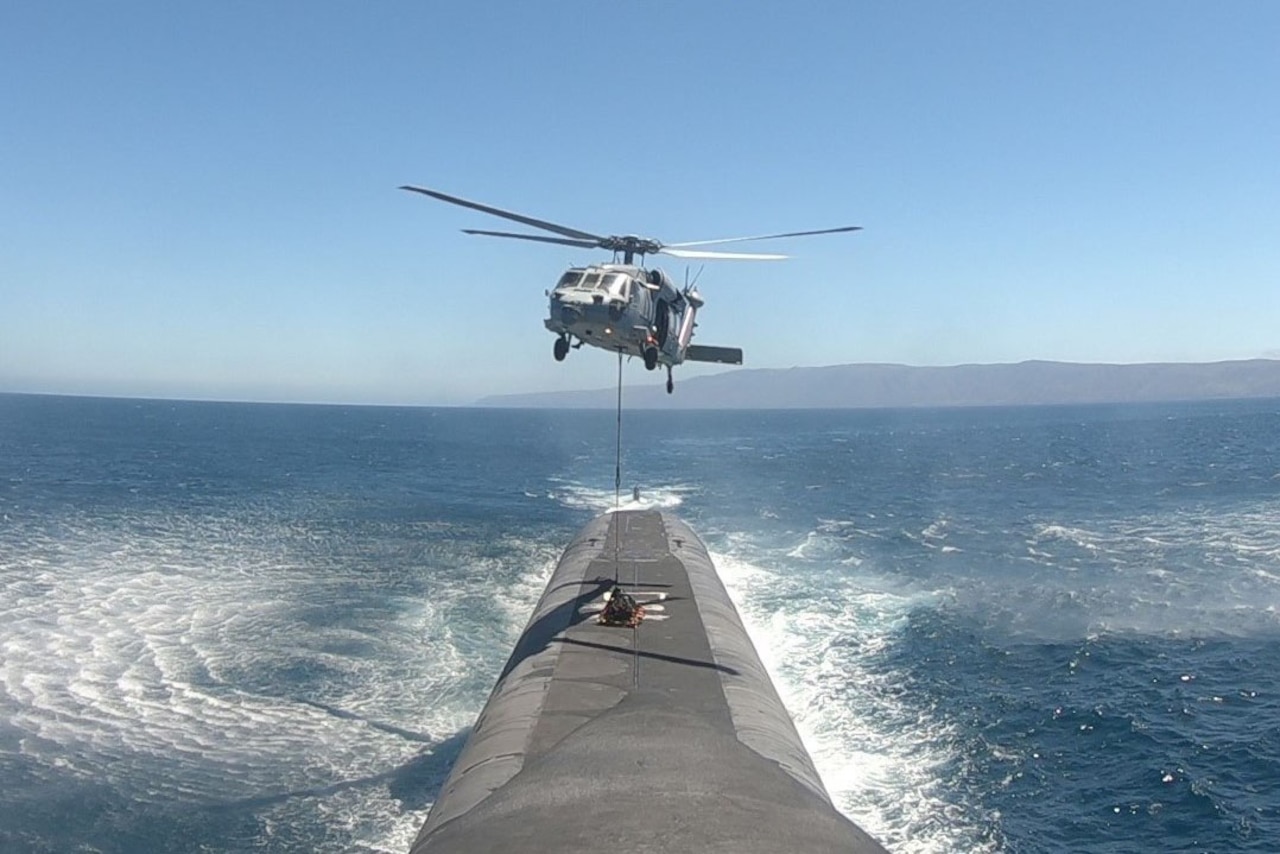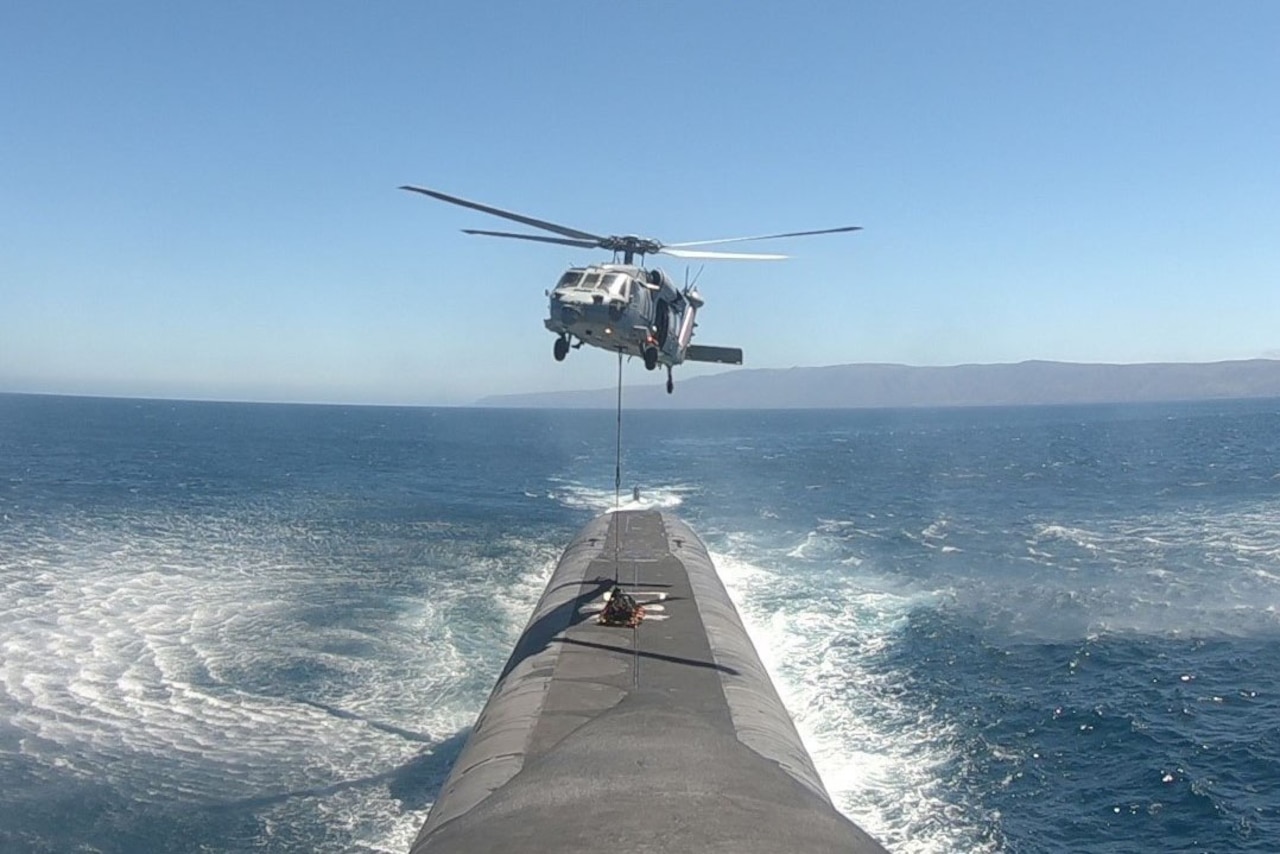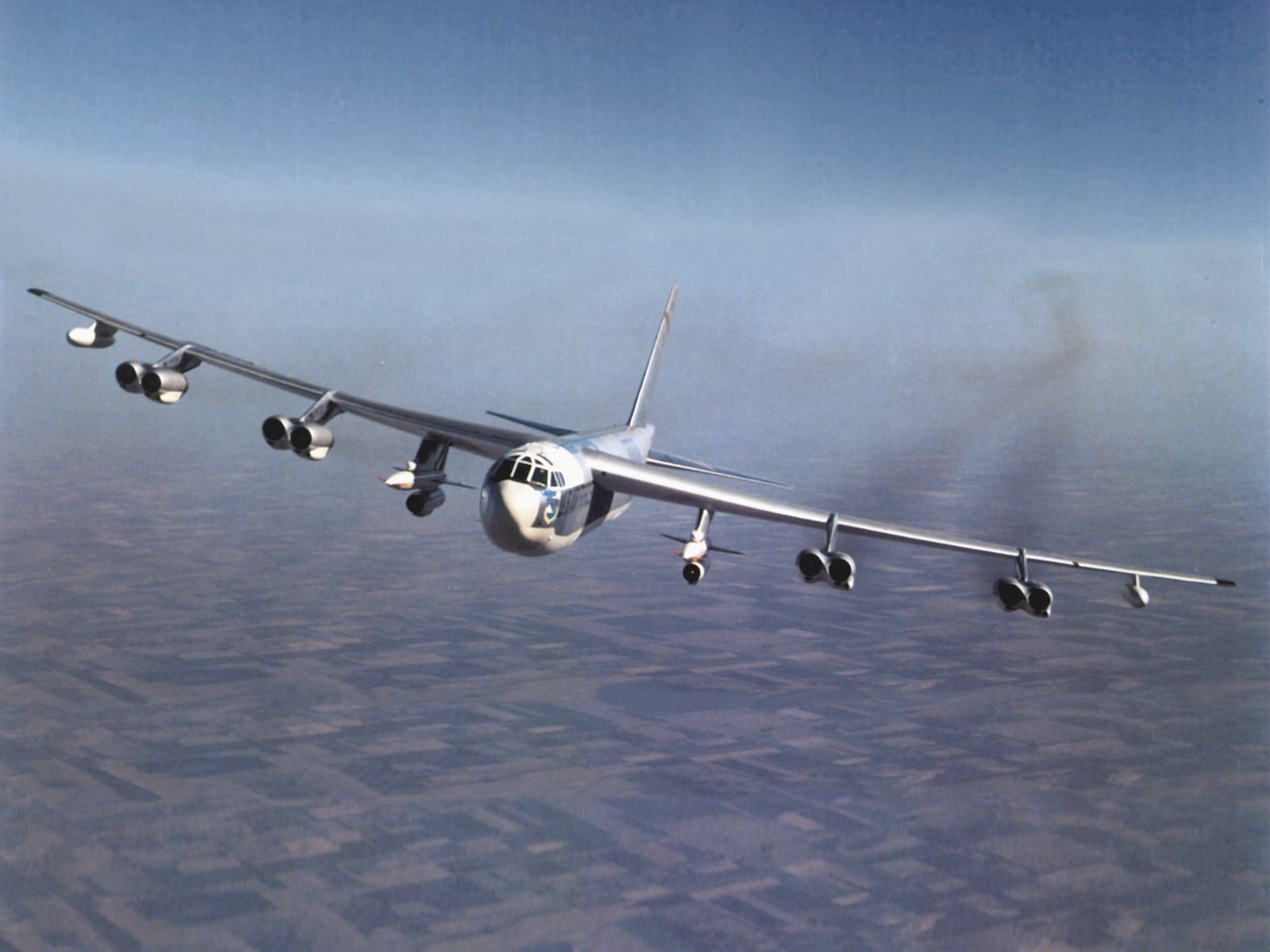- November 4, 2022
- No Comment
- 14 minutes read
Stratcom Commander Says U.S. Should Look to 1950s to Regain Competitive Edge – Department of Defense

Official websites use .gov
Secure .gov websites use HTTPS
The current conflict in Ukraine is not the worst that the U.S. should be prepared for. Around the corner, said the commander of U.S. Strategic Command, the U.S. must be prepared for much more.
"This Ukraine crisis that we're in right now, this is just the warmup," Navy Adm. Charles A. Richard, commander of Stratcom, said. "The big one is coming. And it isn't going to be very long before we're going to get tested in ways that we haven't been tested a long time."

#cboxClose { position: absolute; top: 5px; right: 5px; display: block; background: url(/desktopmodules/articlecs/images/media_popup_close.png) no-repeat top center; width: 40px; height: 40px; text-indent: -9999px; } #cboxClose:hover { background-position: bottom center; } .me-plugin { width: 100%; height: 100%; }
var gih = 0;
var giw = 0;
var pup;
var g_isDynamic = false;
function popupResize(ibox, w, h, doResize) {
if ($(ibox).hasClass(‘dgov2popup-info’)) {
// This block is included once, so is shared by all media tokens.
// this block is how we execute the special resize for dgov2’s slideshow popup
dgov2slideshowPopupResize(ibox, w, h, doResize);
return;
}
if (!g_isDynamic)
return;
var isMobile = window.matchMedia(‘(max-width: 1200px)’).matches;
if (isMobile) {
$.colorbox.resize({ width: “100%”, height: “100%” });
$(ibox).find(“.img-responsive”).width(‘100%’);
$(ibox).find(“.img-responsive”).height(‘auto’);
$(ibox).find(“.info”).css(‘height’, ‘auto’);
return;
}
var iw = w;
var ih = h;
var ww = $(window).width();
var wh = $(window).height();
var hextra = 40;
var wextra = 360;
var hborder = 120;
var wborder = 120;
var maxw = ww – wextra – wborder;
var maxh = wh – hextra – hborder;
var ratio = Math.min(maxw / iw, maxh / ih);
iw = Math.floor(iw * ratio); // use floor to avoid overflow scrollbar
ih = Math.floor(ih * ratio);
// console.log(iw + ” ” + ih + ” — ” + (iw + wextra) + ” ” + (ih + hextra))
$(ibox).find(“.img-responsive”).width(iw);
$(ibox).find(“.img-responsive”).height(ih);
$(ibox).find(“.info”).height(ih);
if (doResize)
$.colorbox.resize({ width: iw + wextra, height: ih + hextra });
}
$(window).resize(function () {
if (g_isDynamic && pup !== undefined)
popupResize(pup, giw, gih, true);
});
$(window).load(function () {
$(“.popup”).click(function () {
giw = $(this).data(‘width’);
gih = $(this).data(‘height’);
pup = $($(this).attr(‘href’));
g_isDynamic = $(this).data(‘dynamic’) === 1 ? true : false;
popupResize(pup, giw, gih, false);
var w = “768px”;
var isMobile = $(window).width() < 768 ? true : false;
w = "auto";
if (isMobile)
w = "100%";
const isDgov2Slideshow = $(this).attr("data-isdgov2slideshow") != undefined;
const slideNumber = parseInt($(this).attr('data-slide-number'));
const slideIndex = slideNumber – 1;
//console.log("slideNumber for popup", slideNumber)
const popupThis = this;
$(this).colorbox({
className: 'inline-popup', fixed: true, transition: "none", opacity: .9, inline: true, width: w, height: 'auto', maxWidth:"80%", maxHeight:"100%", close: "X", onClosed: function () {
},
onComplete: function () {
var popupHeight = jQuery(this.href.substring(this.href.lastIndexOf("#"))).outerHeight(true);
if (jQuery("#colorbox").height() < popupHeight) {
jQuery("#colorbox").height(popupHeight);
}
if (g_isDynamic) {
if (!isMobile) {
bodyScrollLock.disableBodyScroll(this);
}
}
// for popup having data-isdgov2slideshow attr (see above)
if (isDgov2Slideshow) {
const popSelector = '#dgov2popup-target-3209416';
const ssSelector = '#dgov2slideshowId-3209416';
dgov2slideshowPopupInit({
numSlides: 0,
startingSlideIndex: slideIndex,
popupSelector: popSelector,
slideshowSelector: ssSelector,
slideshowMediaId: 3209416,
});
giw = $(popupThis).data('width');
gih = $(popupThis).data('height');
pup = $($(popupThis).attr('href'));
popupResize(pup, giw, gih, true);
}
},
onClosed: function () {
pup = undefined;
if (g_isDynamic)
bodyScrollLock.enableBodyScroll(this);
if (isDgov2Slideshow) {
const popSelector = '#dgov2popup-target-3209416';
const ssSelector = '#dgov2slideshowId-3209416';
dgov2slideshowPopupDestroy({
popupSelector: popSelector,
slideshowSelector: ssSelector,
});
}
}
});
});
$(".popup-slideshow").colorbox({
inline: true,
onComplete: function () {
SlideshowInit();
$.colorbox.resize();
// stop scrollbar from flashing
$("#cboxLoadedContent").css("overflow", "");
$("#cboxLoadedContent").css("overflow-y", "hidden");
},
onClosed: function () {
$('.slideshow-gallery').trigger('slideTo', 0);
}
});
});
During a speech at the Naval Submarine League's 2022 Annual Symposium & Industry Update Richard said the U.S. must get itself prepared.
"We have to do some rapid, fundamental change in the way we approach the defense of this nation," he said. "I will tell you, the current situation is vividly illuminating what nuclear coercion looks like and how you, or how you don't stand up to that."
Competitors like China, Richard said, are outcompeting the U.S., and in a dramatic fashion. The U.S. must step up its deterrence game, he said, or it's going to be bowled over.
"As I assess our level of deterrence against China, the ship is slowly sinking," he said. "It is sinking slowly, but it is sinking, as fundamentally they are putting capability in the field faster than we are. As those curves keep going, it isn't going to matter how good our [operating plan] is or how good our commanders are, or how good our horses are — we're not going to have enough of them. And that is a very near-term problem."
One area where the U.S. still dominates is with its underseas capabilities — the U.S. submarine fleet, Richard said.
"Undersea capabilities is still the one … maybe the only true asymmetric advantage we still have against our opponents," Richard said. "But unless we pick up the pace, in terms of getting our maintenance problems fixed, getting new construction going … if we can't figure that out … we are not going to put ourselves in a good position to maintain strategic deterrence and national defense."
Regaining the advantage in other areas might mean looking backwards, as much as 60 or more years, Richard said, to a time when the U.S. military was able to do things faster than what it does today.
"We used to know how to move fast, and we have lost the art of that," he said.

One example he provided was that of the AGM-28 Hound Dog cruise missile, which entered service in 1960.
"The Air Force went from a request, almost written on a napkin … when they figured out in the late 1950s that the Soviet integrated air defense systems were getting to the point that the B-52 just wasn't going to make it in, and we needed a thing called up 'cruise missile.' And so, they envisioned what a standoff weapon looks like."
The U.S. military was able to deliver the Hound Dog cruise missile in just 33 months.
"We had two squadrons of B-52s equipped with this 800-nautical-mile Mach two-plus, one megaton nuclear warhead with accuracy that was really good for its day, hanging off the wings of B-52s in less than three years," he said. "This weapon was so cool you could actually turn the engines on, on its cruise missiles on your wings, to give you additional thrust on takeoff."
Richard said there are other examples of how the U.S. military was able to rapidly develop and field capability to meet its needs, and that the U.S. must get back to that.
"We have got to get back into the business of not talking about how we are going to mitigate our assumed eventual failure to get Columbia in on time, and B-21, and LRSO, and flip it to the way we used to ask questions in this nation, which is what's it going to take? Is it money? Is it people? Do you need authorities? What risk? That's how we got to the Moon by 1969. We need to bring some of that back. Otherwise, China is simply going to outcompete us, and Russia isn't going anywhere anytime soon."
Choose which Defense.gov products you want delivered to your inbox.
The Department of Defense provides the military forces needed to deter war and ensure our nation’s security.



